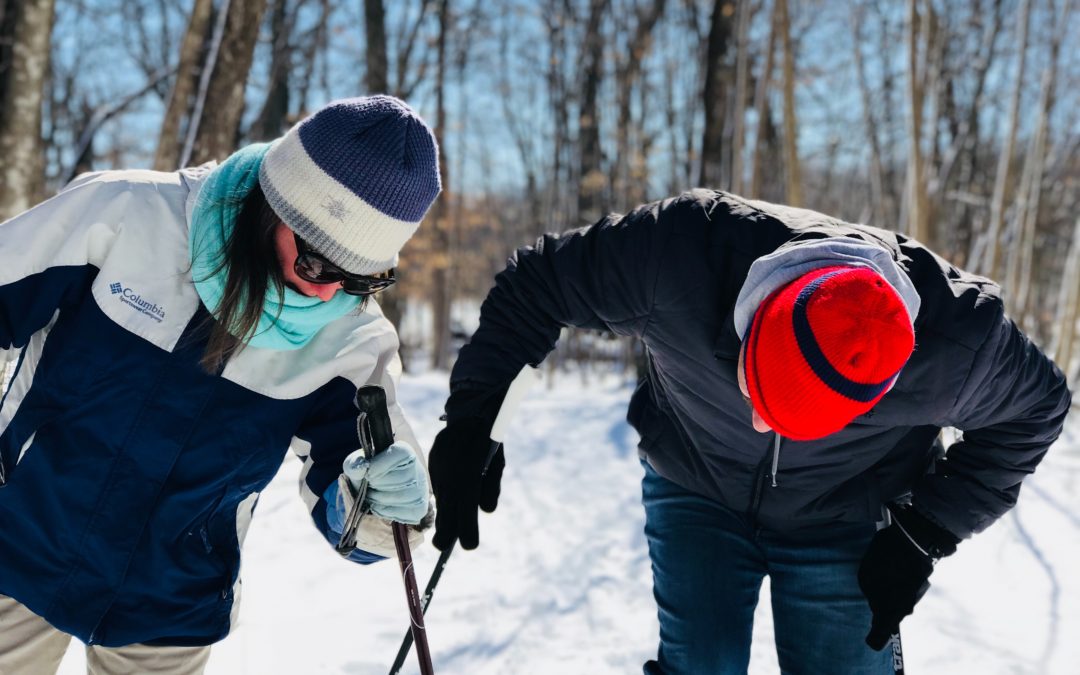5 Essential Items When Playing Winter Weather Sports
Spring is just around the corner, but the persistent cold has given people a few extra weeks for indulging in their favorite winter sport. Some people may prefer to stay indoors and watch a “Friends” Christmas episode. But more adventurous souls are using the chill of the polar vortex to bust out their skis and skates and shred some snow.
As fun as spending hours and hours on end on the snow or on ice can be, you have to be aware of the common injuries enthusiasts of cold weather sports routinely encounter. You should also know what gear you must always carry with you when you play winter sports.
Common Injuries in Cold Weather Sports
Snow and ice are two very treacherous aspects of nature. They limit visibility, restrict movement and impose deadly conditions on the human body, especially after prolonged periods. It’s no wonder they cause a lot of injuries. People routinely slip, fall and hurt themselves when doing normal things in winter weather, and the risks increase greatly when you’re playing a sport. Here are some of the more common injuries winter sports enthusiasts are likely to encounter.
- This condition is caused by the freezing of blood vessels in the extremities, such as fingers, toes, ears and lips. The frozen blood vessels prevent circulation to these areas, causing cellular death. The danger of frostbite is how it can sneak up on people due to the loss of sensation. If discovered too late, it can lead to amputation or disfigurement.
- Ice and snow decrease surface traction, meaning its incredible easy for someone to slip and strike their head on icy surfaces. This can lead to a concussion, which is when the brain impacts the skull due to blunt force. Mild concussion can lead to confusion and loss of coordination while serious concussions can lead to memory loss and even death.
- The slippery surfaces caused by snow and ice are also responsible for injuries to the limbs. If you slip and don’t hit your head, you’re most likely to catch the fall with your shoulder or fall badly on your feet. This can pop the joint in question out of their socket, dislocating it quite painfully.
- Sprains and Fractures. Worse, a bad fall due to a skiing mishap or a skating accident can break the bone or tear your ligaments. These are known as sprains and fractures. They can take weeks, if not months, to heal and seriously impede your mobility.
Essential Winter Sports Gear
The injuries listed above can be prevented and their damaged reduced with the appropriate gear. Cold weather sports are especially notorious for their tricky surfaces and you should never venture out in the winter without the right equipment.
The combination of adverse conditions, freezing temperatures and slippery surfaces make it essential that you carry most of the items in the list below.
The Right Clothes
Winter clothes aren’t just for decoration or fashion. They’re essential in preventing your core temperature form plummeting and stopping your extremities from suffering from frostbite. A kid’s ski jacket by Spyder will help a child stay warm and stave off the expects of hypothermia while playing outside on the snow. Beanies, sweaters and scarves all play the important role of keeping you warm while out in the winter.
Helmets
Concussions can be very nasty injuries and the only way you can prevent them is by not falling over. Failing that, you should mitigate the impact of such a fall with an appropriately shock-proof helmet. If you’re using an older helmet, check them for any chipping or cracks before using as this type of damage will reduce its protective capability.
Kneepads
Ice is slippery and a bad fall can pop your knee right out of its socket or cause abrasions on your legs. This injury can be prevented if your wear kneepads. This gear is more commonly used when skating or playing hockey, as the icy surfaces make for increased slipperiness and a painful place to impact.
Socks
Never underestimate the importance of good thermal socks. Just like how your scarves and hats stop your ears and face from freezing in the cold weather, great socks are essential in making sure your toes don’t succumb to frostbite. Unlike your fingers and face, you’re not going to directly observe your toes, meaning you may not know that they’re turning blue already. This makes great socks an investment that could just save your toes.
Goggles
Goggles in winter sports do more than just protect your eye from potential irritants like grit or pine needles. They can prevent you from going blind entirely. Snow is ferociously white, and this reflective surface makes it ideal for creating blinding sun glares. Prolonged exposure to these intense ultraviolet lights can permanently damage your retinas. Goggles with tint are there for essential when spending hours outdoors in the snow and ice.
Winter weather sports are fun and increase your physical fitness. But without proper protection and gear, they’re more liable to cause you serious bodily harm. Equip yourself with the best protective clothing possible to ensure you don’t hurt yourself while shredding the snow and marking the ice.


Recent Comments